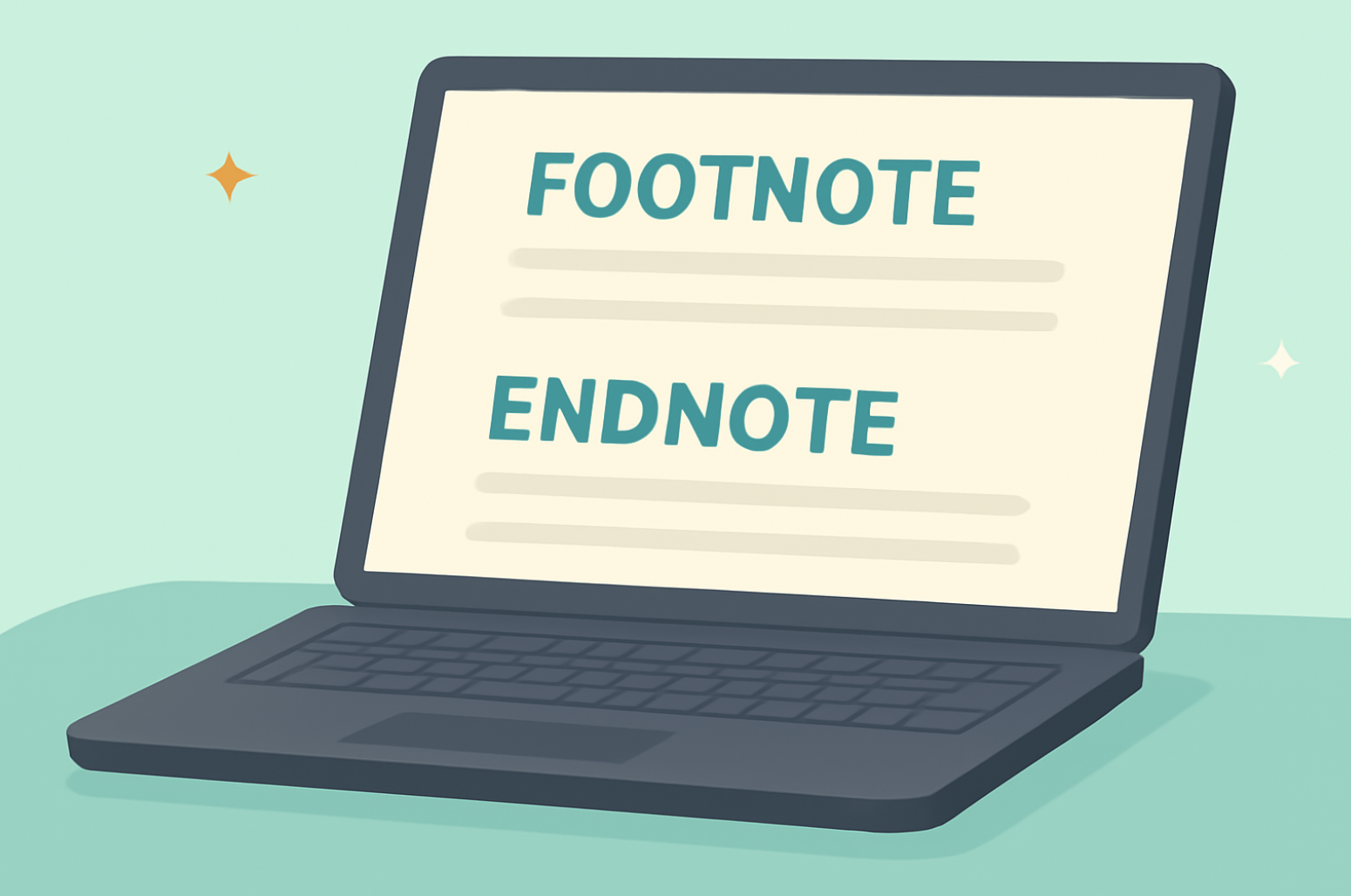Dialogue is the heartbeat of fiction, breathing life into characters and driving the narrative forward. Crafting good dialogue is an art that distinguishes memorable stories from forgettable ones. When characters speak in a believable way, readers are drawn into the world you’ve created, forging a deeper connection with the plot and the personalities within it. Authentic dialogue not only enhances the authenticity of your story but also reveals nuances of character and plot that mere narration cannot.
In this article, we’ll explore ten practical tips to elevate your dialogue writing, ensuring your characters’ conversations are as compelling and genuine as the world they inhabit. Whether you’re writing a novel, a short story, or a screenplay, these insights will help your dialogue resonate with readers and enrich your storytelling.
Tip 1: Know Your Characters Inside Out
Understanding your characters inside out, including their personalities, is the cornerstone of writing realistic dialogue. Every character in your story has a unique personality, background, and set of experiences that shape how they speak and interact with others. Knowing these details intimately allows you to craft dialogue that feels authentic and specific to each character.
Character traits play a pivotal role in influencing speech patterns. For instance, a meticulous scientist might speak in precise, technical language, while a laid-back artist might use more relaxed and abstract expressions. Consider how a character’s education, upbringing, and social environment contribute to their vocabulary and tone. A character from a wealthy, privileged background might use more sophisticated language, whereas someone from a humble, rural upbringing might have a more colloquial style.
Your Publishing Journey Awaits – Start NowLet’s look at some examples:
Sophisticated CEO: “We need to strategize our next move to maximize profit margins.”
Street-smart teenager: “We gotta figure out what’s next if we wanna make some real cash.”
Notice how their dialogue reflects their distinct backgrounds and attitudes. The CEO’s speech is formal and strategic, while the teenager’s is casual and focused on immediate goals. These differences in dialogue help bring each character to life and make their interactions more believable.
By fully understanding who your characters are, you can ensure that their voices are consistent and true to their identities, making your dialogue resonate with authenticity and depth.
Tip 2: Make Dialogue Serve the Story
Every line of dialogue in your story should have a purpose. When you write realistic dialogue, it doesn’t just fill space; it drives the plot forward, reveals crucial information, and deepens character development. To keep your readers engaged, ensure that every conversation moves the story along or provides insight into your characters’ motivations and relationships.
Avoid filler conversations that do not add value. While real-life small talk happens often, in fiction, it can bog down the narrative and lose the reader’s interest. Instead, focus on dialogue that either advances the plot or reveals something essential about the characters.
For example, consider the difference between these two exchanges:
Filler Dialogue:
- “Hi, how are you?”
- “I’m good, how about you?”
- “Not bad, just busy with work.”
Purposeful Dialogue:
- “We need to talk about the merger. Are you ready to go through with it?”
- “I’m not sure. There are too many risks involved, and I need more time to think.”
- “Time’s running out. If we don’t act now, we might lose everything.”
In the purposeful dialogue example, the conversation drives the plot forward by discussing a critical decision about the merger, revealing the characters’ hesitations and urgency. This not only keeps the story moving but also provides insight into the characters’ stakes and conflicts.
Remember, dialogue is a powerful tool for storytelling. Use it to reveal secrets, build tension, and create conflict. By ensuring that every piece of dialogue serves the story, you’ll keep your readers hooked and eager to find out what happens next.
Tip 3: Use Dialogue to Reveal Character
Dialogue is a window into your characters’ inner worlds, providing a direct line to their emotions, thoughts, and motivations. Through carefully crafted conversations, you can reveal layers of complexity and depth, allowing readers to understand and connect with your characters on a deeper level by showcasing the characters’ personalities.
Emotions can be conveyed through the tone, word choice, and rhythm of a character’s speech. For instance, a character who speaks in short, clipped sentences might be angry or stressed, while one who uses long, flowing sentences could be calm or thoughtful. Consider the difference between these two lines:
“I can’t believe you did that. Do you even care?”
“I suppose it doesn’t matter now. What’s done is done.”
The first line shows anger and frustration, while the second conveys resignation and acceptance. By paying attention to how your characters express themselves, you can subtly convey their emotional states.
Subtext is another powerful tool in dialogue writing. It’s the meaning beneath the words, the unspoken thoughts and feelings that add depth and nuance to conversations. Characters might say one thing but mean another, and this layer of complexity can make your dialogue more engaging and realistic. For example:
Surface Dialogue: “You’re always working late.”
Subtext: “I feel neglected and lonely when you’re not around.”
Here, the surface dialogue might sound like a simple statement, but the subtext reveals the character’s true feelings of neglect and loneliness.
Motivations can also be hinted at through dialogue. A character’s desires, fears, and goals can be subtly woven into their conversations. For example:
- “If we don’t finish this project by Friday, we’re in big trouble.”
- “I can’t afford to lose this job. I have a family to support.”
The first line shows a general concern, while the second reveals a personal stake in the outcome.
By using dialogue to reveal character details, you create richer, more nuanced interactions that help readers understand and empathize with your characters, making your story more compelling and emotionally resonant.
Tip 4: Keep it Natural and Authentic
Making dialogue sound like real-life conversation is crucial for creating believable and engaging characters. Readers should feel like they’re listening in on genuine interactions, not stilted or artificial exchanges. Natural dialogue helps immerse readers in the story, making characters more relatable and the narrative more compelling. Capturing the essence of everyday conversation is key to achieving this.
Avoid overly formal or unrealistic speech patterns. In real life, people don’t always speak in complete sentences or use perfect grammar. They use contractions, slang, and colloquialisms. They interrupt each other, trail off, and change topics abruptly. Incorporating these elements into your dialogue can make it feel more authentic.
Your Publishing Journey Awaits – Start NowConsider these two examples:
- Overly Formal: “I am uncertain as to whether I will be able to attend the event. I have numerous obligations that require my attention.”
- Natural: “I’m not sure if I can make it. I’ve got a lot on my plate right now.”
The first example sounds stiff and unnatural, while the second mirrors how people actually speak, making the character more relatable and the conversation more believable.
Use varied sentence lengths and structures. Just as people speak in different rhythms, your characters should have unique speech patterns. Mixing short and long sentences can add a natural flow to dialogue. For instance:
Character A: “Are you coming or not?”
Character B: “I don’t know. I mean, I want to, but… things are complicated.”
Here, Character A’s short, direct question contrasts with Character B’s hesitant, fragmented response, adding realism to the interaction.
Reflect character personality and background. Different characters should speak differently based on who they are. A teenage girl might say, “That’s so cool!” whereas a retired professor might say, “That’s quite fascinating.” Tailoring dialogue to fit each character’s unique voice ensures authenticity.
Incorporate real-life speech patterns. Listen to how people talk around you. Note the quirks, filler words, and rhythms of natural conversation. For example:
- “You know, I was thinking… maybe we could, like, go somewhere different this weekend?”
- “Honestly, I don’t even care anymore. It’s whatever.”
By paying attention to these details, you can infuse your dialogue with a sense of realism and authenticity that will draw readers into your story and make your characters’ interactions feel true to life.
Tip 5: Vary Sentence Lengths and Styles
Varying sentence lengths and styles in dialogue can significantly impact the flow and rhythm of your story, making conversations feel more dynamic and realistic. Just as in real life, where people don’t speak in uniform sentences and tend to speak differently than they are written, your characters should also have a mix of short, punchy lines and longer, more complex statements. This variation keeps the reader engaged and adds a natural cadence to the dialogue.
Impact on Flow: Short sentences can convey urgency, tension, or simplicity, while longer sentences can reflect thoughtfulness, complexity, or hesitation. By mixing these styles, you can create a more interesting and engaging dialogue. For instance:
- “Wait! Stop!”
- “I don’t think we should be rushing into this without considering all the possible outcomes.”
Different Speech Patterns: Each character should have a distinct voice, influenced by their personality, background, and current emotional state. A nervous character might speak in fragmented sentences, while a confident one might use more assertive and complete statements. This differentiation helps readers distinguish between characters and makes interactions more authentic.
Examples of Varied Dialogue:
- Confident Character: “We need to finalize the report by tomorrow. No exceptions. If we don’t, we risk missing the deadline and losing the client.”
- Nervous Character: “Um, I… I think we should, you know, maybe… talk about this later?”
The confident character’s speech is direct and to the point, reflecting their decisive nature. In contrast, the nervous character’s fragmented sentences and fillers reveal their anxiety and uncertainty.
Incorporate Natural Speech Patterns: People naturally vary their sentence lengths and styles when they talk. Pay attention to how real conversations flow and incorporate those nuances into your writing. For example:
- “Sure, I can help with that.”
- “You know, I’ve been thinking… maybe we could approach this from a different angle?”
By varying sentence lengths and styles, you can create more engaging and believable dialogue that captures the natural ebb and flow of real-life conversations.
Tip 6: Use Body Language and Actions
Incorporating body language and actions with dialogue, along with the actual words spoken, is essential for creating vivid and realistic scenes. Non-verbal cues can convey emotions, add depth to conversations, and reveal character traits that words alone might miss. By integrating these elements, you enrich your storytelling and provide readers with a more immersive experience.
Importance of Body Language and Actions: Dialogue alone can sometimes feel flat or incomplete. Adding body language and actions helps paint a fuller picture of what’s happening in a scene. These cues can show a character’s true feelings, hint at underlying tensions, or emphasize what’s being said. For example, a character might say they’re fine, but if they’re wringing their hands or avoiding eye contact, it suggests otherwise.
Non-verbal Cues Add Depth: Actions and body language can subtly communicate things that characters might not say outright. This layer of subtext makes interactions more engaging and realistic. Non-verbal cues like facial expressions, gestures, posture, and movement can reveal a lot about a character’s state of mind and relationship dynamics.
Examples of Dialogue Paired with Actions:
- Dialogue with Nervous Actions: “I’m fine,” she said, her fingers twisting the hem of her shirt.
- Dialogue with Confident Actions: “We’re going to win this,” he said, leaning back in his chair with a satisfied grin.
- Dialogue with Tension: “I don’t trust him,” John muttered, his eyes darting around the room as he crossed his arms tightly over his chest.
In these examples, the actions and body language enhance the spoken words, providing additional context and emotional weight. The nervous twisting of the shirt suggests anxiety, the relaxed posture and grin indicate confidence, and the darting eyes and crossed arms reveal mistrust and tension.
This approach not only makes your writing more engaging but also helps convey the subtleties of human interaction, making your story richer and more compelling.
Tip 7: Avoid Overusing Dialogue Tags
Dialogue tags like “he said” and “she said” are essential for clarifying who is speaking, but overusing them can disrupt the flow of your writing and become repetitive. Knowing how to write dialogue effectively, including when and how to use dialogue tags, can make your conversations more fluid and engaging.
Your Publishing Journey Awaits – Start NowRole of Dialogue Tags: Dialogue tags help identify the speaker, especially in conversations involving multiple characters. They are necessary for clarity, but they should be used judiciously to avoid redundancy and maintain the story’s pace. Simple tags like “said” are often invisible to readers and don’t distract from the dialogue, while more descriptive tags can provide additional context or emotion when needed.
Common Pitfalls: Overusing tags, especially in every line of dialogue, can make the text feel cluttered and interrupt the natural rhythm of the conversation. Using elaborate or unnecessary tags, such as “exclaimed” or “interjected,” too frequently can also draw attention away from the dialogue itself.
Examples:
- With Excessive Tags:
“I don’t know what to do,” she said.
“We’ll figure it out,” he replied.
“But what if we don’t?” she asked.
“We have to,” he insisted.
- Without Excessive Tags:
“I don’t know what to do,” she said.
“We’ll figure it out.”
“But what if we don’t?”
“We have to.”
In the second example, removing unnecessary tags makes the dialogue more streamlined and natural. The conversation flows smoothly without repetitive attributions, and the context makes it clear who is speaking.
Alternative Techniques: Use action beats or descriptive sentences to indicate the speaker. For example:
- “I don’t know what to do.” She stared at the floor, her voice barely a whisper.
- “We’ll figure it out.” He reached for her hand, squeezing it reassuringly.
By minimizing excessive tags and incorporating actions or descriptions, you can enhance the readability and authenticity of your dialogue, making it more engaging for your readers.
Tip 8: Listen to Real Conversations
One of the best ways to improve your dialogue writing is to focus on writing good dialogue by observing and listening to real-life conversations. By paying attention to how people actually speak, you can draw inspiration and incorporate realistic speech patterns into your writing, making your dialogue more authentic and engaging.
Encouraging Observation: Take time to eavesdrop on conversations in public places like cafes, parks, or public transportation. Listen to the way people interact, their choice of words, the rhythm of their speech, and the subtle nuances in their tone. Notice how conversations flow naturally, with interruptions, pauses, and changes in topic. These real-life interactions can provide a wealth of material for your writing.
Benefits of Understanding Real Speech: Understanding how real people speak helps you create characters that sound genuine and relatable. Realistic dialogue can reveal character traits, build relationships, and drive the plot in a believable way. It adds a layer of authenticity to your story that readers can connect with.
Tips for Incorporating Realistic Speech Patterns:
- Use Natural Speech: Incorporate the casual, imperfect nature of real conversation. People often use contractions, filler words, and incomplete sentences.
- Realistic: “I dunno, maybe we should just leave it.”
- Unrealistic: “I do not know, perhaps we should just leave it.”
- Reflect Character Differences: Different characters will have unique ways of speaking based on their background, personality, and current situation. Mimic these variations to add depth to your dialogue.
- Example: A teenager might say, “That’s so lit!” while a professor might say, “That’s quite fascinating.”
- Capture Emotions and Subtext: Pay attention to how emotions and subtext are conveyed through dialogue in real conversations. Use this understanding to add layers of meaning to your character’s speech.
- Example: “I’m fine,” she said, avoiding his gaze. (Subtext: She is not fine.)
- Practice and Record: Practice writing dialogue by recording snippets of conversation you overhear and then translating them into your characters’ voices. This exercise helps you capture the essence of natural speech and apply it to your writing.
Tip 9: Tailor Dialogue to the Time Period
Matching dialogue to the story’s setting and time period is crucial for maintaining authenticity and immersing readers in your narrative. Writing authentic dialogue that reflects the way people actually spoke in the historical or cultural context enriches the story and makes the world feel more believable.
Importance of Period-Appropriate Dialogue: Using language that fits the time period helps ground your characters and setting, making the story more immersive. Conversely, anachronistic language—words or phrases not appropriate for the era—can jolt readers out of the story, breaking their suspension of disbelief.
Avoid Anachronisms: Ensure your characters speak in ways that align with their time period. For example, a Victorian-era character shouldn’t use modern slang or phrases that didn’t exist then.
Examples:
- Period-Appropriate: “I daresay, we shall have to consider the ramifications carefully.”
- Anachronistic: “I guess we need to think this through.”
The first example uses language that reflects a formal, older style, suitable for a historical setting, while the second example’s casual tone and modern phrasing would feel out of place.
Tip 10: Edit Ruthlessly
This is the last tip, but one of the most important! Revising and polishing good dialogue is crucial for creating sharp, impactful conversations. During the editing process, focus on clarity, brevity, and authenticity.
Look for and remove unnecessary words, redundancies, and overly complex phrases. Ensure each line serves a purpose, whether advancing the plot, revealing character, or enhancing the scene. Read dialogue aloud to check its natural flow and make adjustments for smoother, more realistic speech.
Editing ruthlessly, you refine your characters’ voices, making your dialogue more engaging and effective, ultimately elevating the overall quality of your story.
Now Go Ahead and Start Writing Realistic Dialogue!
Write realistic dialogue to bring your characters to life and immerse readers in your story. Apply these tips to refine your dialogue writing, making your characters’ voices clear and compelling. Remember, well-crafted dialogue can transform your storytelling, adding depth and dynamism that captivates your readers.
Keep practicing, editing, and listening to the world around you, and watch your dialogue—and your stories—come alive.
At Spines, we help writers transform their stories with expert editing and publishing support. Whether you’re polishing dialogue or finalizing your manuscript, let us guide you in bringing your vision to life. Visit Spines.com to discover our range of services and start your journey toward becoming a published author today!
Your Publishing Journey Awaits – Start Now






